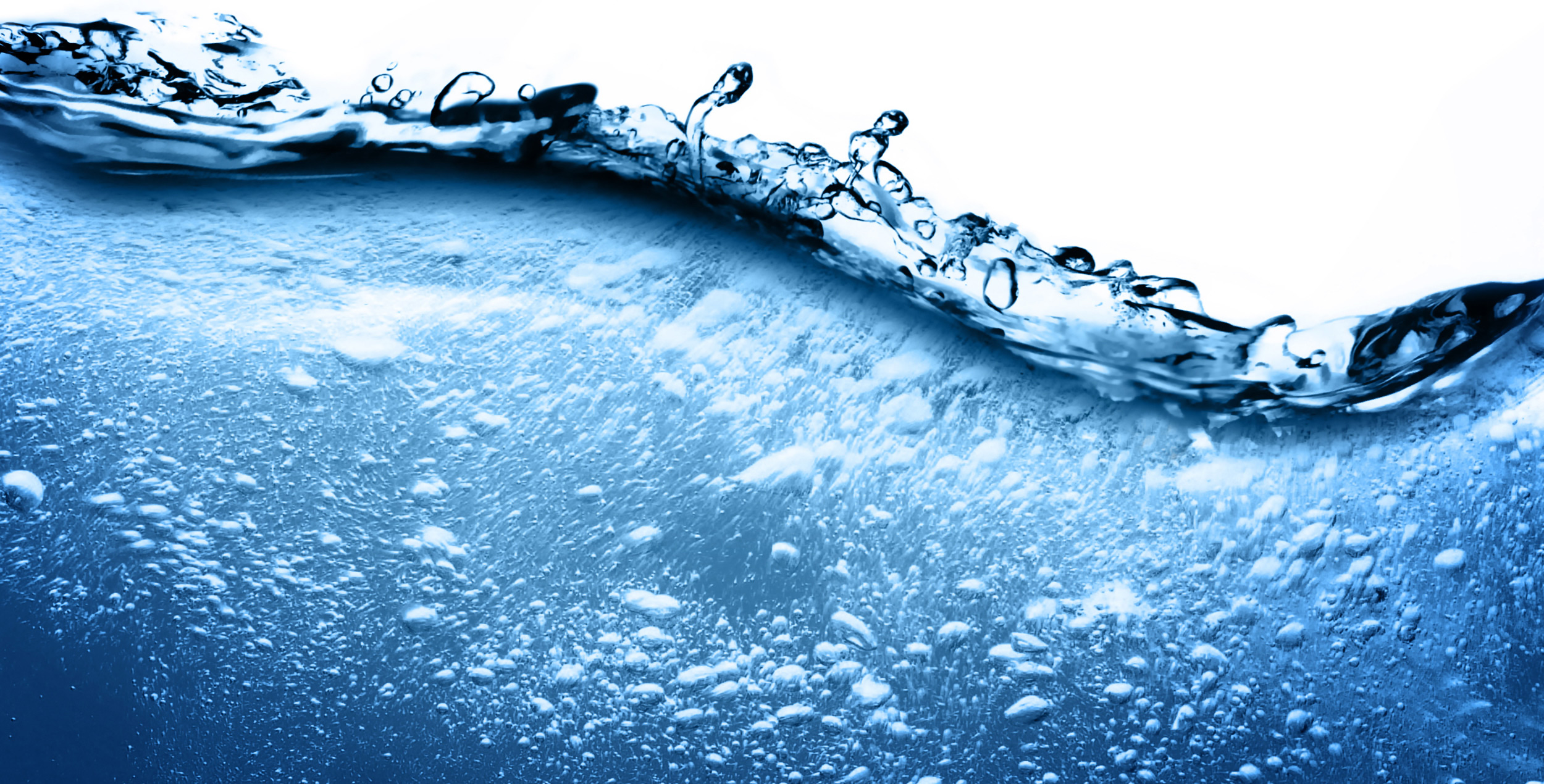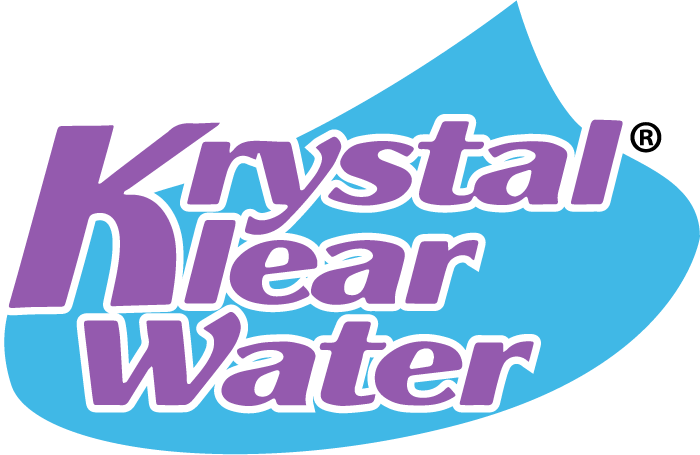
Pollutants Found in Water
Water pollutants come in several specific and defined classes. The first are disease-causing agents. These are the bacteria, viruses, protozoa and parasitic worms that enter sewage systems and untreated waste water.
A second category of water pollutants is oxygen-demanding wastes; wastes that are broken down at the molecular level by oxygen-requiring or aerobic bacteria. When large populations of decomposing bacteria are converting these waste and by products, it can deplete oxygen levels in the water source. This often causes other organisms which depend on oxygen in the water, such as fish, to die.
A third class of water pollutants is water-soluble inorganic pollutants, such as acids, salts and toxic metals. Large quantities of these compounds will make water unfit to drink, as well as cause the death of aquatic life. (See the recent Flint Michigan scandal on the threat of lead in their water supply).
Another class of water pollutants are nutrients; they are water-soluble nitrates and phosphates that cause excessive growth of algae and other water plants, which deplete the water’s oxygen supply. This kills fish and, when found in drinking water, can even kill young children.
Water can also be polluted by a number of organic compounds such as oil, plastics and pesticides, which are harmful to humans and all plants and animals in the water.
A very dangerous category is suspended sediment, because it causes depletion in the water’s light absorption and the particles spread dangerous compounds such as pesticides through the water.
Finally, water-soluble radioactive compounds can cause cancer, birth defects and genetic damage and are thus very dangerous water pollutants.

